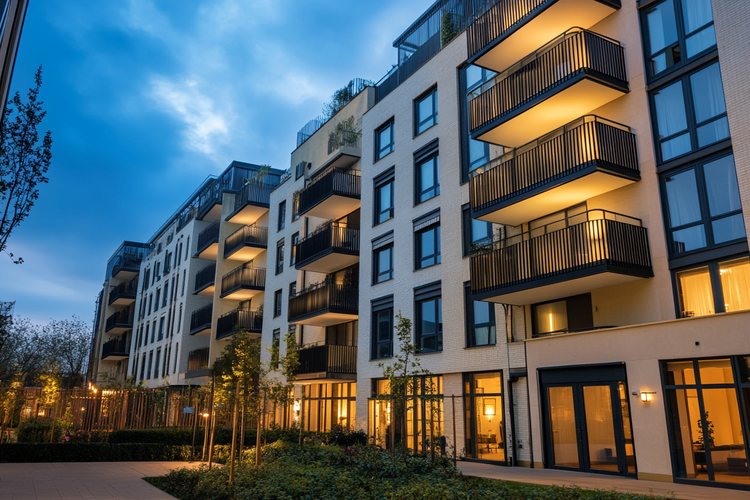Title: Micro-Apartments: The Future of Urban Living?
Introduction: As urban populations soar and housing costs skyrocket, a new trend is emerging in major cities worldwide: micro-apartments. These compact living spaces, typically under 400 square feet, are reshaping the real estate landscape. With 54% of the world's population now residing in urban areas, these tiny dwellings offer a potential solution to the pressing issues of affordability and space efficiency in crowded metropolises.

Historical Context and Market Drivers
The roots of micro-living can be traced back to post-war Japan, where capsule hotels emerged as a novel solution for urban accommodation. However, the current micro-apartment trend is driven by a confluence of factors: rising urbanization, changing demographics, and evolving lifestyle preferences. Millennials and young professionals, in particular, are fueling demand for these compact spaces, valuing proximity to work and urban amenities over spacious suburban alternatives.
Design Innovations in Micro-Living
Architects and designers are rising to the challenge of creating functional, appealing micro-spaces. Innovative solutions include murphy beds that transform into desks, sliding walls that reveal hidden storage, and modular furniture systems that adapt to various needs throughout the day. Some developments even incorporate communal spaces like rooftop gardens, co-working areas, and shared kitchens to complement the compact private units.
Financial Implications for Investors and Developers
From an investment perspective, micro-apartments present an intriguing opportunity. Higher per-square-foot rental yields make them attractive to landlords, while lower absolute rents appeal to tenants priced out of larger units. Developers are taking note, with micro-apartment projects springing up in urban cores across the globe. However, the economics can be complex, with higher construction costs per square foot and potential regulatory hurdles in some jurisdictions.
Challenges and Criticisms
Despite their growing popularity, micro-apartments are not without controversy. Critics argue that they could lead to a lowering of living standards and exacerbate urban inequality. There are concerns about the long-term psychological effects of living in such confined spaces, as well as the potential for these units to become modern-day tenements. Regulatory bodies in some cities have responded by implementing minimum size requirements for new residential units.
Impact on Urban Planning and Infrastructure
The proliferation of micro-apartments has significant implications for urban planning and infrastructure. On one hand, they can increase population density without requiring extensive new construction, potentially easing housing shortages in tight markets. On the other, they may strain existing infrastructure and services if not properly planned for. Cities must grapple with questions of zoning, building codes, and public amenities to accommodate this new housing typology.
Market Outlook and Future Trends
As the micro-apartment trend matures, we’re likely to see further innovations in design and technology. Smart home features, for instance, are particularly well-suited to these compact spaces, offering ways to enhance functionality and comfort. Some experts predict a bifurcation of the market, with ultra-luxury micro-units emerging alongside more affordable options.
Conclusion: A Niche Solution or the New Normal?
While micro-apartments are unlikely to become the dominant housing type, they represent a significant shift in urban living paradigms. As cities continue to grapple with affordability and density challenges, these compact dwellings may play an increasingly important role in the housing ecosystem. For investors, developers, and urban planners alike, understanding the micro-apartment phenomenon is crucial to navigating the future of real estate in our ever-more-crowded cities.





